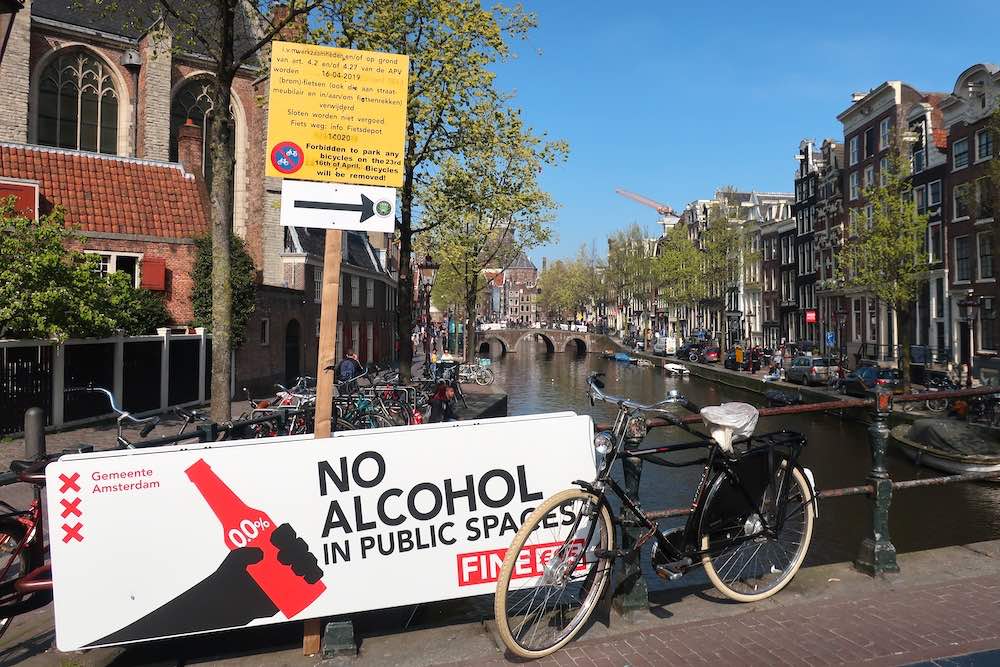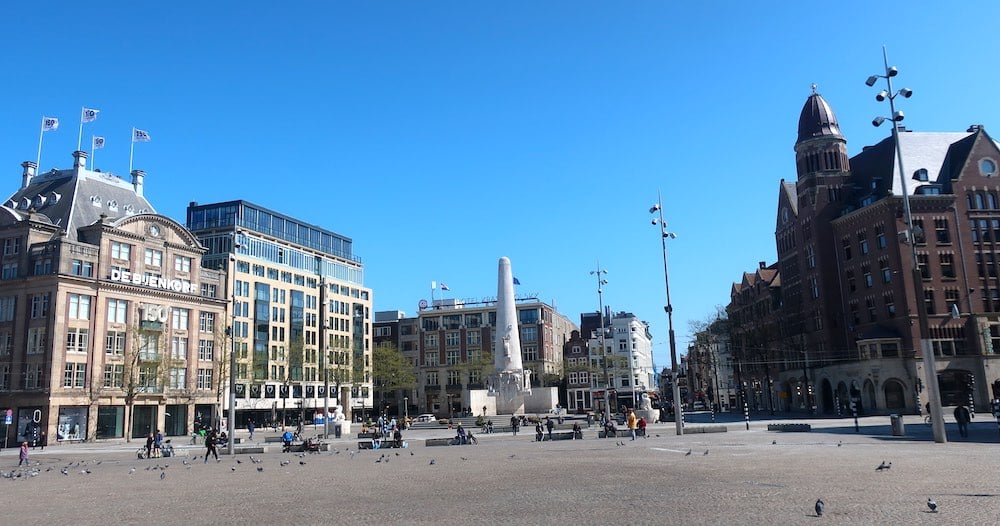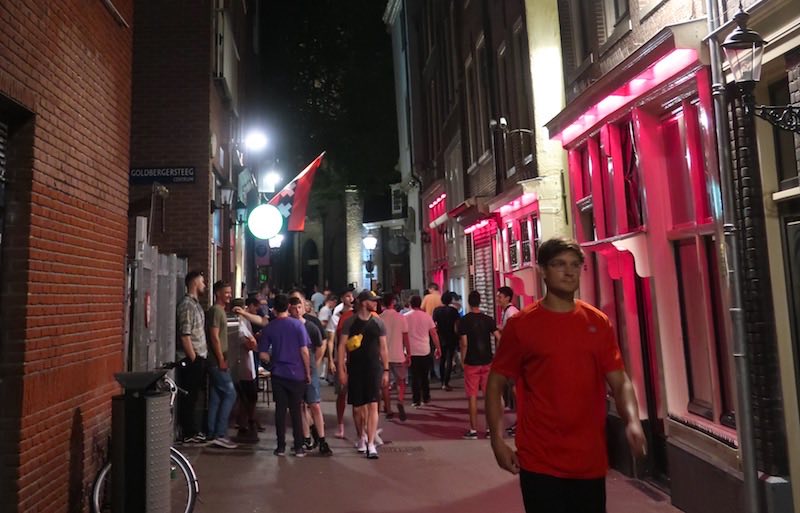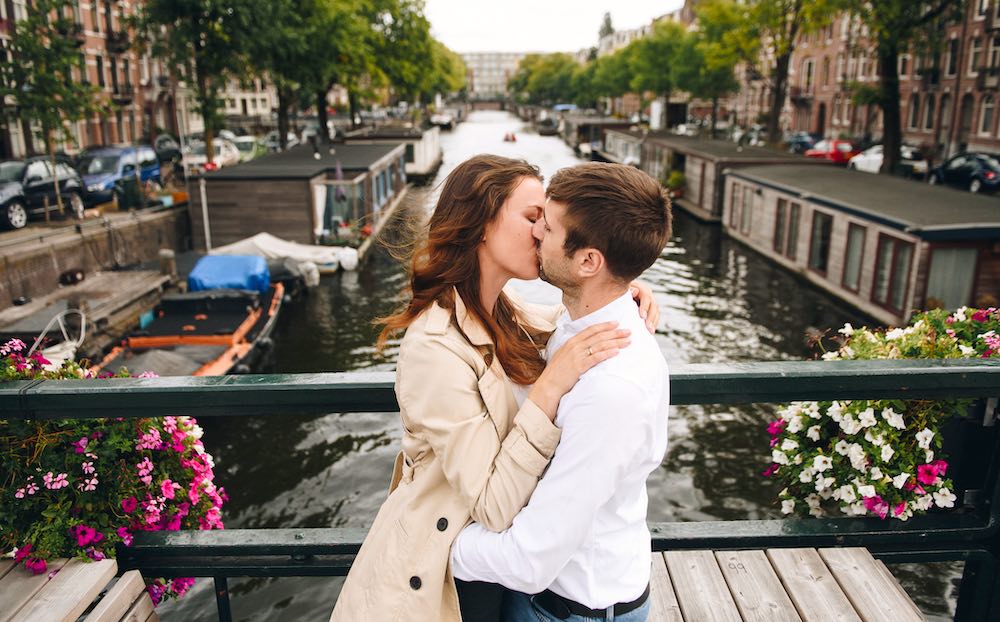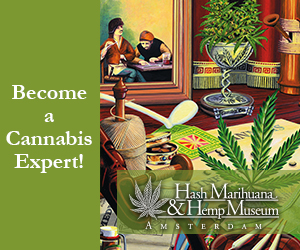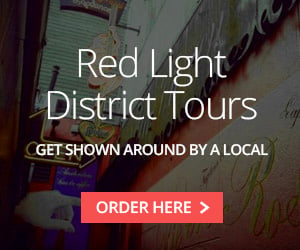10 Things You Didn’t Know About Drugs In Holland in 2025
Posted on: janvier 1, 2025
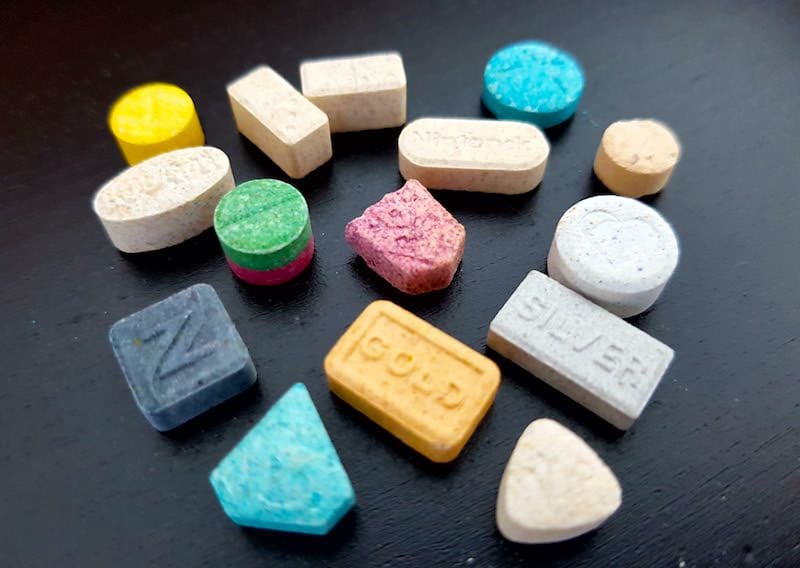
Drugs In Holland: EU Report Points To Holland As Largest Drug Trading Hub
According to the EU Drug Market Report, produced by the EMCDDA, Holland is the number one producer, processor and transit point for drugs in Europe. The drugs in Holland get imported from all over the globe and we return the favour with large exports. Get educated about Europe’s largest drug supplier and read these 10 things about the Dutch drug trade.
(Last updated: 19 April 2021)
1 | Europe’s Cocaine Arrives In Rotterdam
Around 25 to 50 percent of European cocaine goes through the port of Rotterdam – Europe’s largest seaport. The port handles around 11 million freight containers every year. Dutch port authorities can only check around 5000 containers.
2 | No Ingenious Smuggling Techniques
Drug smugglers in Holland have mostly ditched the old ways of hiding contraband in fluffed toys or fruit transports. Instead they have opted for enlisting corrupt port employees. Traffickers bribe port workers in both the exporting and importing ports to get illegal drugs in Holland.
3 | Cocaine in Holland Is Cheap
Thanks to the massive in-and outflows cocaine, by comparison to other European countries, is relatively cheap in Holland. Cocaine in cost around 55 euros per gram in the Netherlands. In other European countries, cocaine price vary between 70 to 120 euros. In Australia, 1 gram of cocaine cost approximately 150 to 200 euros.
4 | MDMA Is As Dutch As Dutch Stroopwafels
Around 8 % of Dutch people have used MDMA once in their live (830,000 persons). The European average for MDMA use is just 0,5 percent.
5 | MDMA Production in Holland
Red = amphetamine production. Blue = methamphetamine production. Pink = MDMA production.
Source: Europol, EU Drug Markets Report 2016.
According to the EMCDDA drug report, the production of MDMA in Holland is becoming ever more professional. Some production locations use selfmade reaction vessels of up to 750 liters. Automation has reached a level where almost no manual labour is necessary.
6 | MDMA Exports
Selon Vice.com a quick glance at pillreports.net shows Dutch XTC pills designs like the pills with an orange lion, the Heineken logo and tulips can be found from India to Australia to Texas.
7 | Almost All The Hash In Holland Is Imported
Old trading routes from North Africa and the Middle East still play a vital role for the hash trade in Holland. Most of the hash arrives trough Spain from Morocco. Morocco is the major supplier of Dutch hash. This has led to many Moroccan criminal gangs in Holland. Most of these gangs are referred to as the “Mocro Maffia”.

Red: Afghan hash trade routes, Blue: Moroccan hash trade routes.
Source: Europol, EU Drug Markets Report, In-dept analyses, 2016.
8 | Cannabis Imports And Exports

Dutch cannabis exports and imports. Source: Europol, EU Drug Markets Report 2016.
A Dutch governmental report stated that between 30 and 90 percent of Dutch grown cannabis ends up abroad. Conclusion: they haven’t got a clue.
9 | This Dutch Province Produces Most Hard Drugs
Brabant has the dubious honour – in the Netherlands and abroad – of being one of Europe’s top criminal performers. The province, located in the south of Holland, is home to professional criminal organisations operating far beyond Dutch borders.
Brabant’s top economic sectors are: chemistry, agrifood, logistics and high tech. Just like these sectors, the drug industry mainly does export. And just like these sectors the drug industry innovates its growing techniques and its accompanying equipment. It operates with a circle of trusted suppliers and uses the strategic location of Brabant, and the presence of many logistics companies, for the export and transportation of drugs.

Discovered drug lab in Brabant.
Numerous international connections are also used to strengthen links with criminal networks elsewhere in Europe, giving way to even better export opportunities for the Brabant XTC pills, weed and raw materials for drugs. Brabant has in a sense achieved the role as the supermarket for foreign dealers where everything is for sale.
It is difficult to get an indication on how much money is spent in this clandestine industry. Yet there are indications that it has to be a huge number. The police and the justice department conclude, based on investigations and data from informants, that 60 hemp syndicates are active in the city of Tilburg alone and make around 800 million euros a year, or the entire city budget of Tilburg.
The drug industry has also been a job engine for the 2500 people who work in the underground ‘weed industry’ and who, with minimal efforts, make large annual salaries.
10 | The War On Drugs In Holland
Drug fact: producing cannabis for commercial purposes is illegal in the Netherlands.
A lot of people still believe growing marijuana in Holland is legal. Well that’s sort of the case. Every person in Holland is allowed to have five cannabis plants for personal use.
Industrial production however is strictly forbidden. The Netherlands has soft drug laws – especially when you’d compare them with countries like the United States, Australia, Indonesia or the Philippines. Sentences range between a fine and a couple of years in prison if you get caught producing or trafficking drugs. Compare that to the death penalty in Indonesia, or the Philippines.
Harm Reduction Model

Jellinek Amsterdam – where you can get your illegal drugs tested legally.
Drugs in Holland Fact: There are a few legal drug test labs in Holland. At these drug test locations people can get their illegal drugs tested legally. These companies (named GGD et Jellinek) test the ingredients and quality of the hard drugs (XTC, cocaine, MDMA, speed, etc.). It’s 100% legal.
These drug test locations share their knowledge about drugs and alcohol, its quality, effects and risks. The goal of these government sponsored companies is to educate people and to decrease the risks of it.
A LIRE AUSSI :
10 Best Coffeeshops in Amsterdam According To Pro’s
Interview With CEO Sensi Seeds Ben Dronkers
9 Laws For Coffeeshops in Amsterdam
10 Tips For Using Drugs in Amsterdam


